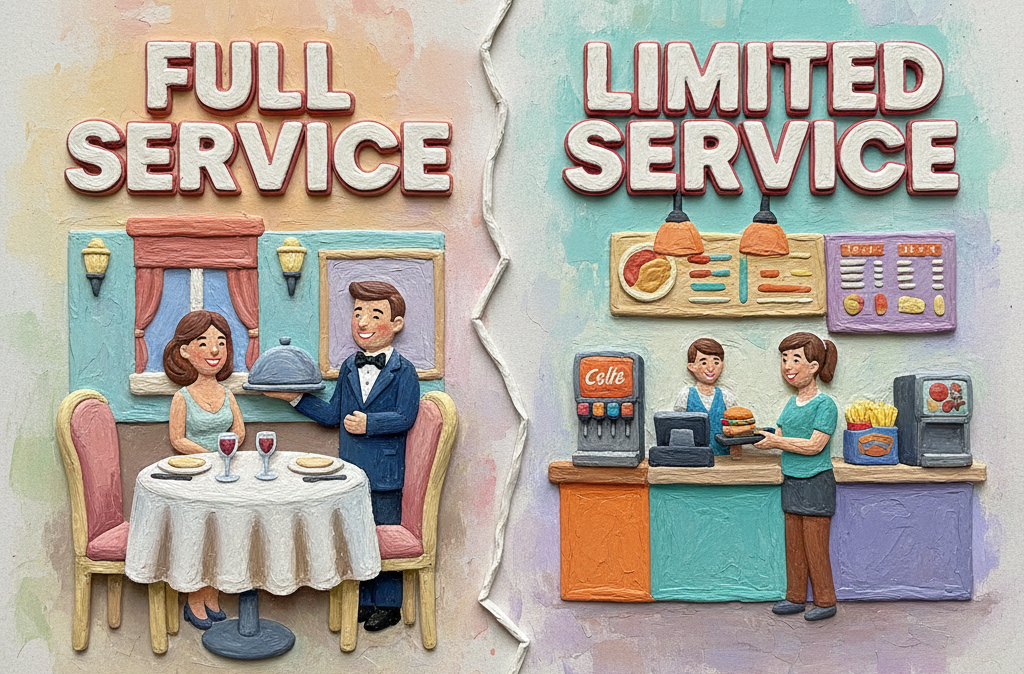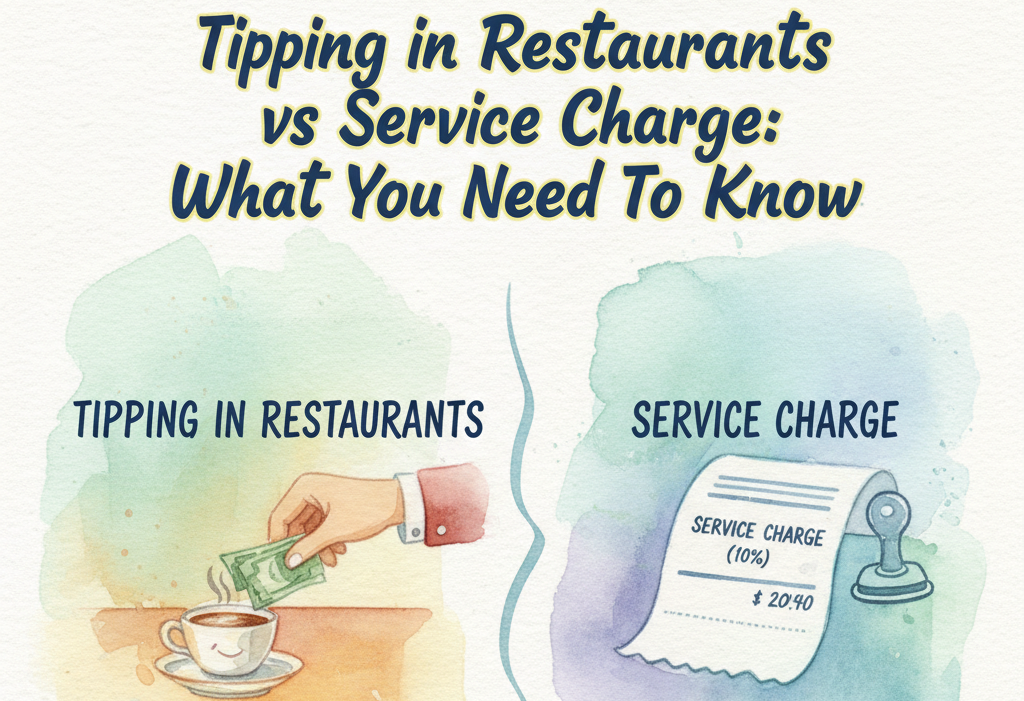The restaurant industry is rapidly evolving, and restaurant automation is one of the most important advancements to come out of it. Automation has allowed restaurants to become more efficient and streamlined, resulting in improved customer service, increased profits, and a better overall experience for diners. In this blog post, we’ll explore the various ways restaurant automation has improved efficiency and how it can be used to make your restaurant even more successful.
#1: Streamlines the Ordering Process
Automated ordering systems allow customers to quickly and easily place orders. This can be done either in person or online, depending on the type of system in place. This eliminates the need for manual order entry, which can be time consuming and prone to errors. Additionally, automated ordering systems can provide customers with a more accurate and detailed overview of their order, ensuring that the order is exactly as they intended.
Automated ordering systems also reduce the amount of time it takes to process orders. This can be especially helpful during busy times when customers are waiting for their food. By streamlining the ordering process, customers can get their food faster, increasing their overall satisfaction. Additionally, this reduces the amount of time spent on manual order entry, freeing up staff to focus on other tasks..
#2: Improves Accuracy
Restaurant automation can help improve the accuracy of orders, reduce customer complaints, and improve customer satisfaction. Automation helps to streamline the ordering process, ensuring that orders are placed correctly and quickly. Automation also reduces the possibility of human errors, as orders are automatically checked for accuracy before being sent to the kitchen. This means that customers can be sure that their orders are being processed accurately and efficiently. In addition, automation can help to ensure that orders are fulfilled quickly and accurately. Automated systems can track orders from the time they are placed to the time they are served, reducing the amount of time customers have to wait for their orders to be completed. This means that customers can have confidence that their orders will be served correctly and quickly. Automation also helps to reduce the amount of time staff have to spend verifying orders, freeing up their time for other tasks.
#3: Increases Productivity
Automation can increase productivity in the restaurant industry in a variety of ways. First, automation can streamline processes that were previously done manually. For example, ordering and tracking inventory can be made more efficient with automated processes. This means that the staff no longer needs to spend time manually entering orders, tracking stock levels, and updating databases. Automation also eliminates the need for staff to spend time on mundane tasks such as data entry, freeing them up to focus on more important tasks.
#4: Reduces Labour Costs
Labour costs can be a major expense for restaurants, as they need to employ enough staff to ensure a great experience for their customers. With restaurant automation, this cost can be significantly reduced. Automated systems can reduce the number of staff required to run a restaurant, as automation takes over more of the manual labour tasks that would usually require staff. This can range from tasks such as taking orders, preparing checkouts, and even cleaning tables. By automating these tasks, the restaurant can save valuable labour costs, allowing them to focus their resources elsewhere.
Another benefit of automating labour costs is that it allows restaurants to be more flexible with their staffing. With automation, restaurants can adjust their staffing levels according to the expected customer flow, meaning that they don’t need to keep a large number of staff on hand at all times. This allows restaurants to save money, as they only need to employ the staff they need when they need them.
#5: Enhances Customer Experience
The use of restaurant automation can provide an enhanced customer experience that helps to keep customers coming back. By leveraging automated systems, restaurants can provide a more efficient and personalised experience to customers. Automation can help streamline the ordering process, reduce wait times, and provide more accurate information to customers. Additionally, automation can help restaurants provide a more personalised experience to customers by providing tailored recommendations and tailored offers. Automation can also provide a more interactive experience for customers by allowing them to customise their orders and receive real-time updates on their order status. This can help create a more satisfying and enjoyable experience for customers which can lead to more loyalty and repeat business.
#6: Improves Inventory Management
Restaurant automation has helped to improve inventory management in a multitude of ways. Automating inventory tracking processes ensures that restaurants always have the products they need on hand, eliminating the need for manual counting and inventory tracking. Automated systems also help restaurants to set stock minimums and maximums for each item, ensuring that the right amount of stock is always on hand. This allows restaurants to save money by eliminating overstocking and waste. Additionally, automated inventory systems can generate reports quickly and easily, providing restaurant managers with a comprehensive overview of their inventory. This allows restaurants to make more informed decisions about their stock and identify areas where they can improve their inventory management. By automating inventory management, restaurants can ensure that they always have the right amount of stock on hand, helping them to save money and increase efficiency.
#7: Increases Revenue
For starters, automation can help restaurants streamline their processes, making it easier to serve more customers in a shorter amount of time. This can lead to increased sales and more profit. Automation can also help restaurants eliminate manual errors which can lead to lost revenue. Automation can also help restaurants save on labour costs, allowing them to increase their profit margin. Finally, automation can help restaurants provide better customer service, resulting in higher customer satisfaction. This can lead to more repeat customers and more revenue.
Conclusion
In conclusion, restaurant automation has proven to be a great tool for increasing efficiency. It provides restaurant owners with the ability to streamline their processes and save time and money. Automation also allows restaurants to increase their customer satisfaction by providing more accurate and timely service. By using automation, restaurants can save time and money while increasing customer satisfaction, resulting in higher profits and greater success.



